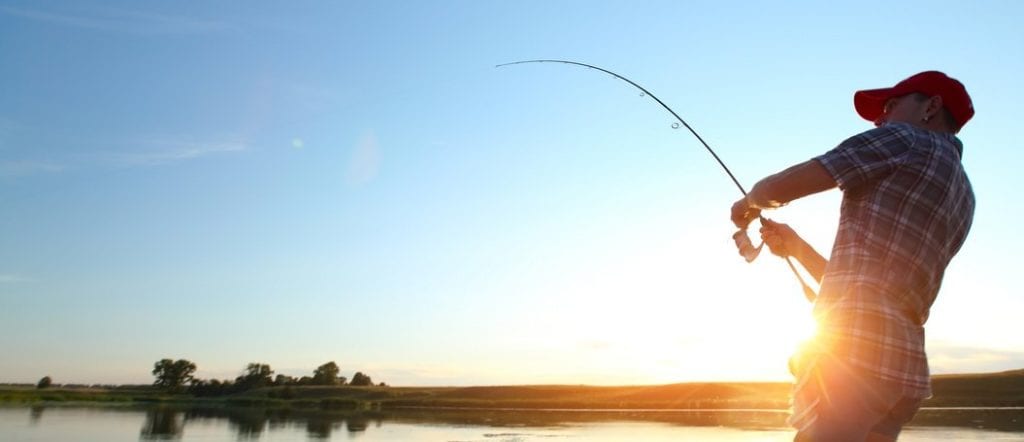
The state of Alaska is renowned for its natural beauty and impressive sights. In fact, approximately 65% of visitors who come here claim their trip exceeded their expectations. But while you can certainly get a thrill from viewing our wildlife from afar, there’s no reason you can’t get a close-up view of all the wonder we have to offer.
One great way to do that is by signing up for our all inclusive Alaskan fishing packages. When you stay at Alaskan fishing lodges, you’ll have the chance to partake in a truly unique experience and take in the natural world in a whole new way. And of course, if you love nothing more than casting your line over the clear water all day, this vacation will be right up your alley. In order to get the most out of your stay at our Alaskan fishing lodges, this post will help you properly prepare for what you’ll see (and catch).
Species You Might See During Stays at Alaskan Fishing Lodges
Alaska has a plethora of marine life to take in, including several species of common fish. This state is also unique in that you may be able to fish in both fresh and salt water, which increases your opportunities for a fruitful fishing trip. You could happen upon some rainbow trout, king salmon (also known as chinook), coho salmon (aka silver salmon), sockeye salmon, halibut, Arctic char or Dolly Varden, herring, mackerel, pike, pollock, whitefish, and much more. There are actually more than 627 species of fish that dwell in Alaskan waters, which isn’t surprising when you consider that there are over 3 million lakes and 12,000 rivers throughout the state. In other words: you’ll never get bored with the variety.
The Best Time of Year For Alaskan Fishing Vacations
Alaska offers fishing year-round, with different species and locations being highlighted in various seasons. Most visitors tend to stay at Alaskan fishing lodges and elsewhere during the summer, as it’s certainly one of the more beautiful and temperate times of year to come. If you’re passionate about salmon fishing, this is actually the perfect time to arrive, as peak season takes place from May to September. Although summer tends to be a popular time to visit Alaska, there’s no need to worry if you come in fall or early spring; there will still be plenty to do (and to fish!) during these seasons.
Important Regulations to Follow When Fishing in Alaska
When you go on a fishing trip in Alaska, it’s important to follow state regulations. Firstly, you’ll need to purchase a fishing license. Non-residents have the option of purchasing a single day license, which costs $25 per day and up, or an annual pass (which is around $145). Depending on the length of your vacation and the number of days you plan to fish, you’ll need to assess which makes the most financial sense for you. You can buy these licenses at outdoors store, through fishing guides on tours, or online through the state’s Fish and Game Department.
Once you have your license, you’ll also need to educate yourself on the rules of fishing here. There are specific regulations pertaining to each species of fish and the time of year. For example, between July 1 and December 31, you’re allowed to catch only one Chinook salmon (providing it’s larger than 28 inches). But between April 5 and June 30, you can catch up to three Chinook salmon of the same measurements. With a fish like halibut, you’ll be able to catch one per day with no annual limit, as long as these fish are either smaller than 38 inches or larger than 80 inches. You are not allowed to keep halibut if their size puts them in between those limitations. Be sure to do your homework and consult the staff at area fishing lodges or guides if you aren’t sure. Otherwise, you could risk steep fines, license suspension, or even jail time!
As long as you follow the rules, you’ll have a great time during your fishing vacation. To learn more about Alaskan attractions or to book your next adventure, contact us today.
